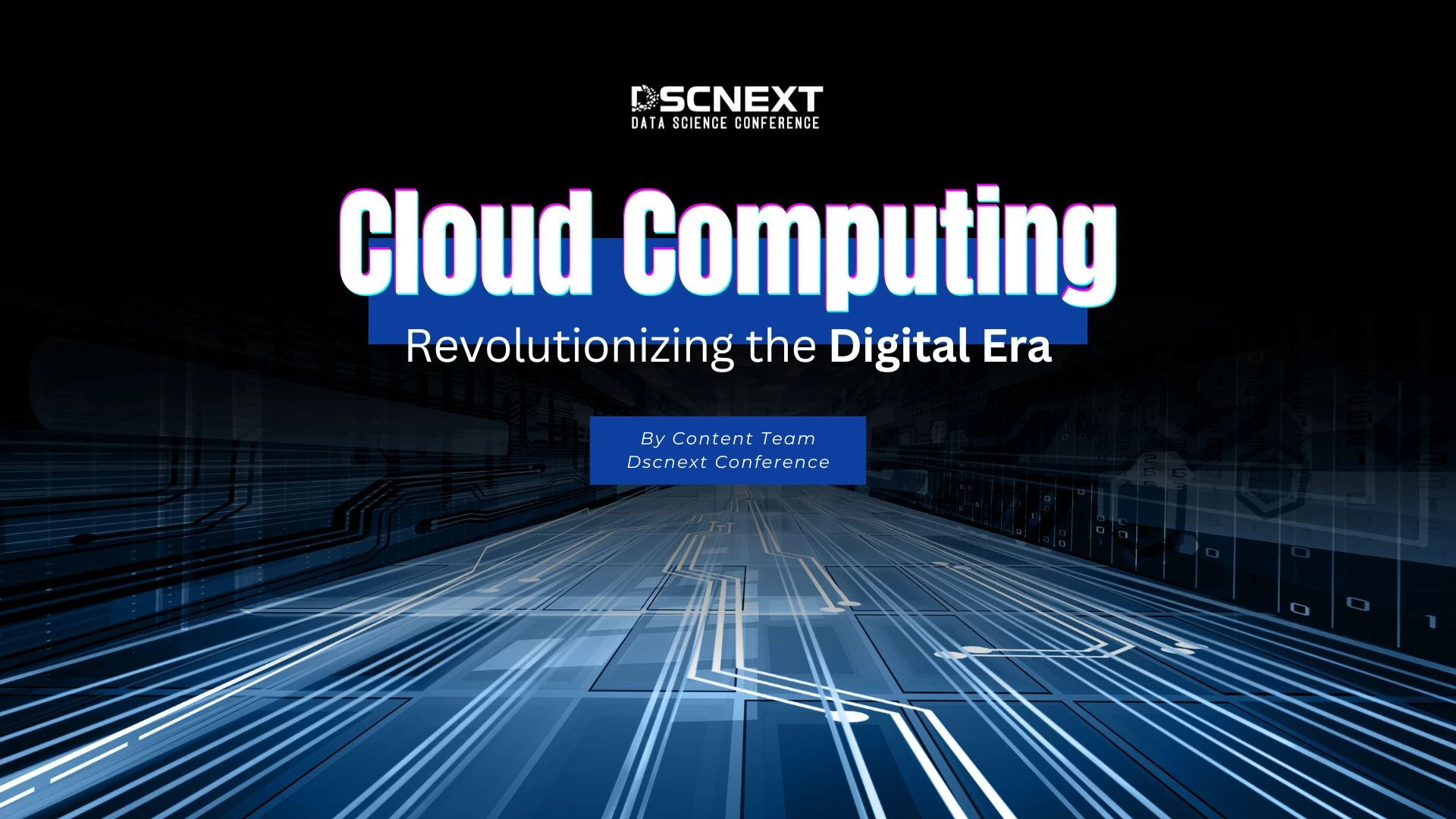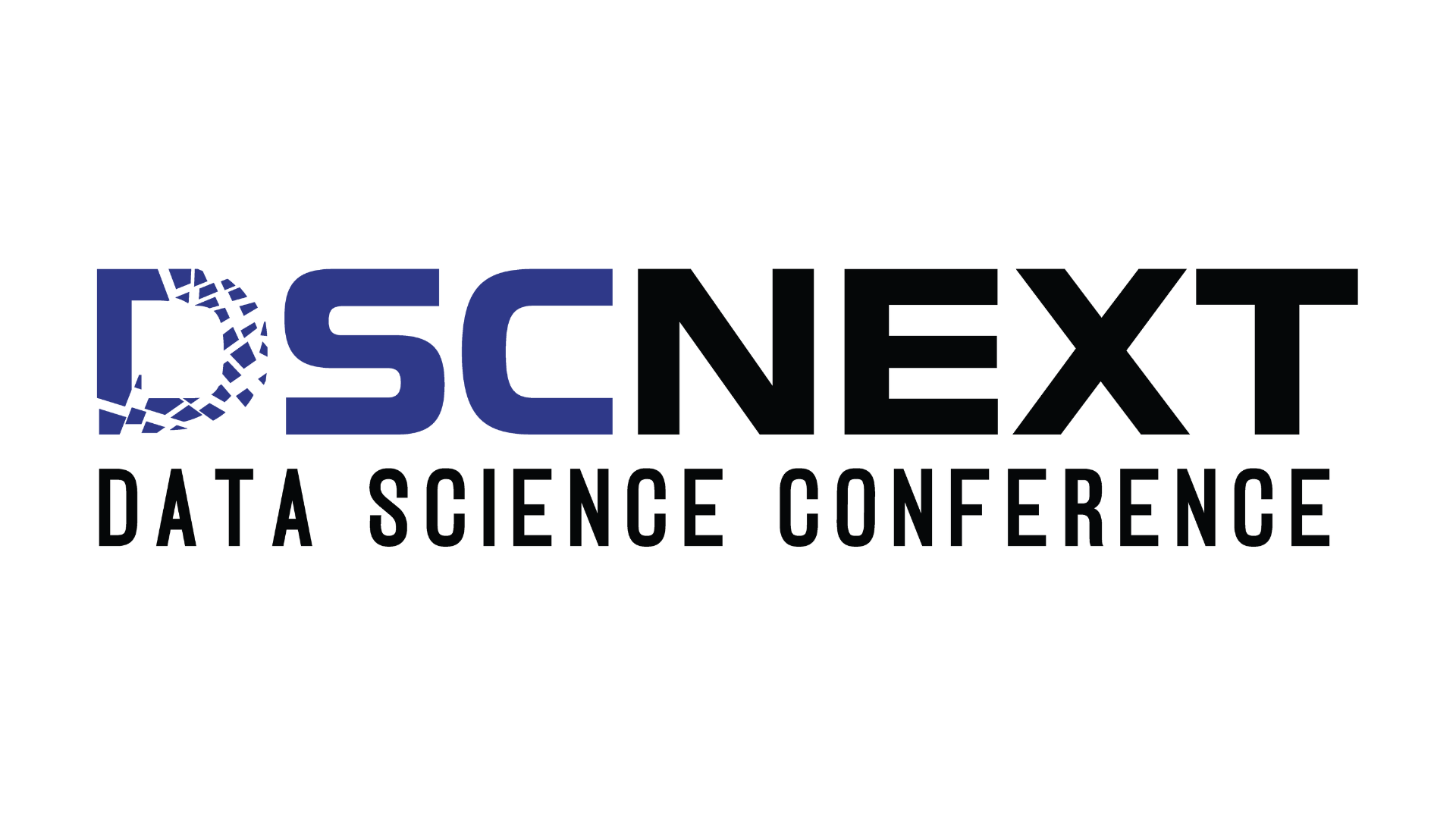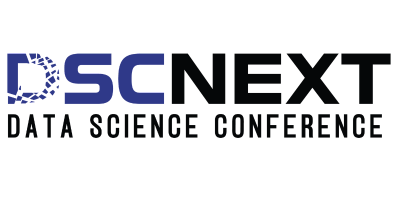
The digital world is evolving rapidly, driven by innovation and the relentless demand for advanced technologies. Among the most transformative forces shaping this landscape is cloud computing; a paradigm shift that has fundamentally changed how we access, process, and store information.
Introduction: A New Era of Computing
The Genesis of Cloud Computing
The origins of cloud computing trace back to the early days of computing, with concepts like time-sharing and remote access laying the foundation. However, the modern version of cloud computing emerged in the late 1990s and early 2000s, driven by advancements in virtualization, networking, and software development.
Pioneering companies such as Amazon, Google, and Microsoft transformed the industry by introducing scalable, on-demand access to computing resources over the Internet.
The Problem Solved: A Paradigm Shift
Before cloud computing, businesses and individuals relied heavily on physical infrastructure. This required significant capital investment in servers, storage devices, and hardware, leading to:
High upfront costs.
Complex maintenance requirements.
Limited scalability.
Cloud computing revolutionized this model by adopting a “pay-as-you-go” approach, enabling users to access resources only when needed. This eliminated the burdens of ownership, management, and scalability constraints, creating a flexible IT environment.
What is Cloud Computing?
Cloud computing refers to the delivery of computing services-such as storage, processing power, databases, networking, and software-over the internet, commonly called “the cloud.” Instead of purchasing and maintaining physical servers, businesses can use these resources on-demand, paying only for what they consume.
This model:
Eliminates hefty upfront costs.
Offers unparalleled scalability.
Provides a flexible and dynamic IT infrastructure.
How Cloud Computing Works
Cloud computing is powered by a global network of remote servers housed in secure data centers. These servers are responsible for storing, managing, and processing data, which can be accessed from any device with an internet connection.
Key advantages of this model include:
Seamless accessibility from virtually anywhere.
Uninterrupted operations ensured by robust and secure infrastructures.
Cloud Computing Models
Cloud computing is built on a layered architecture, often visualized as a stack. This stack represents the various levels of abstraction and services provided by cloud platforms. The three primary cloud service models are:
1. Infrastructure as a Service (IaaS)
IaaS offers on-demand access to virtualized computing resources such as servers, storage, and networking. Businesses gain maximum control over infrastructure without the burden of maintaining physical hardware.
Example: Amazon Web Services (AWS) and Microsoft Azure are popular IaaS providers.
2. Platform as a Service (PaaS)
PaaS provides a platform for developers to build, test, and deploy applications without worrying about managing the underlying infrastructure.
Example: Google App Engine, Heroku.
3. Software as a Service (SaaS)
SaaS delivers software applications via the internet on a subscription basis. Users can access these applications directly through a web browser, eliminating the need for installation or maintenance.
Example: Google Workspace, Salesforce, Zoom.
Types of Cloud Computing
1. Public Cloud: Services are hosted on shared infrastructure, accessible over the internet.
Examples: Amazon Web Services (AWS), Microsoft Azure, Google Cloud.
2. Private Cloud: Infrastructure exclusively dedicated to a single organization, offering enhanced security and control.
Examples: AWS Outposts, VMware vSphere, NASA Nebula.
3. Hybrid Cloud: Combines public and private cloud environments to provide flexibility, scalability, and control.
Examples: Microsoft Azure Arc, IBM Cloud Satellite, General Electric (GE).
4. Multi-Cloud: Involves utilizing services from multiple cloud providers to avoid vendor lock-in and optimize performance.
Examples: CERN, Snapchat, Spotify.
Key Benefits of Cloud Computing
1. Cost Efficiency: Pay-as-you-go pricing eliminates the need for upfront investments in hardware.
2. Scalability: Automatically adjust resources based on demand.
3. Flexibility: Access resources from anywhere, anytime.
4. Security: Advanced encryption and compliance standards protect data.
Case Studies: Cloud Computing in Action
Netflix (Netflix)
Netflix utilizes Amazon Web Services (AWS) to manage its vast video streaming platform. AWS enables Netflix to scale its infrastructure globally and handle massive traffic spikes, particularly during new releases.
For instance, AWS’s elastic compute services ensure that Netflix can handle millions of concurrent streams, ensuring uninterrupted viewing experiences. This scalability also allows Netflix to improve load times, increase data storage capacity, and provide personalized content recommendations, all of which have significantly improved user satisfaction.
Zoom (Zoom)
When the pandemic led to an increase in demand for video conferencing, Zoom partnered with Oracle Cloud to quickly scale its services. The integration of Oracle’s infrastructure allowed Zoom to support a rapid increase in users while ensuring high availability, low latency, and strong security.
Oracle Cloud’s flexibility helped Zoom manage traffic spikes, allowing for smooth user experiences during peak times. This collaboration exemplifies how cloud services enable businesses to scale quickly to meet unexpected demands.
Airbnb(Airbnb)
Airbnb uses Google Cloud for data analytics and machine learning, optimizing its platform’s operations. By leveraging Google Cloud’s tools, Airbnb can efficiently analyze vast amounts of user data to make real-time recommendations and improve search algorithms. Additionally, Google Cloud’s AI-driven insights enhance Airbnb’s pricing models, helping hosts maximize occupancy and earnings. This seamless integration of cloud-based technologies has allowed Airbnb to innovate faster and improve the overall customer experience.
Industry Insights
Market Growth: The global cloud computing market is projected to grow from $620 billion in 2024 to $1.2 trillion by 2030 (Source: Gartner).
Adoption Rates: Over 94% of enterprises are currently using cloud services, showcasing its widespread adoption in modern business (Source: Flexera).
Cost Savings: Companies that have transitioned to the cloud report an average savings of 30-50%, demonstrating the financial efficiency of cloud computing (Source: Deloitte).
Emerging Trends
1. Edge Computing: Bringing computing closer to the source of data generation.
2. Serverless Architecture: Enables developers to build applications without managing infrastructure.
3. AI and ML Integration: Cloud platforms like AWS SageMaker and Azure AI facilitate AI/ML adoption.
4. Sustainability: Providers are shifting to renewable energy to power their data centers.
Challenges and Solutions
Data Security: It’s essential to implement multi-factor authentication and encryption to safeguard sensitive information.
Downtime Risks: Choosing cloud providers with strong disaster recovery plans can help mitigate downtime risks and ensure business continuity.
Compliance: Adhering to local and international regulations, such as GDPR,
is crucial for maintaining legal and ethical standards in cloud operations.
Cloud Computing and DSC 2025
At the Data Science Conference 2025, (DSC 2025), cloud computing takes center stage as a vital enabler for advanced data science applications. With scalable storage, powerful processing capabilities, and platforms for AI and machine learning, cloud technologies empower data scientists to analyze massive datasets and create predictive models with ease.
Key topics include:
Cloud-based analytics.
The role of edge computing in real-time data processing.
Integration of AI tools like AWS SageMaker and Google Vertex AI.
Conclusion
Cloud computing is not just a technological advancement; it is a revolution reshaping how businesses operate. By offering unparalleled scalability, flexibility, and cost-efficiency, it provides the infrastructure needed for growth and innovation. With cloud-based leaders like Netflix and Airbnb setting the standard, this technology is now an essential pillar of the digital era.

